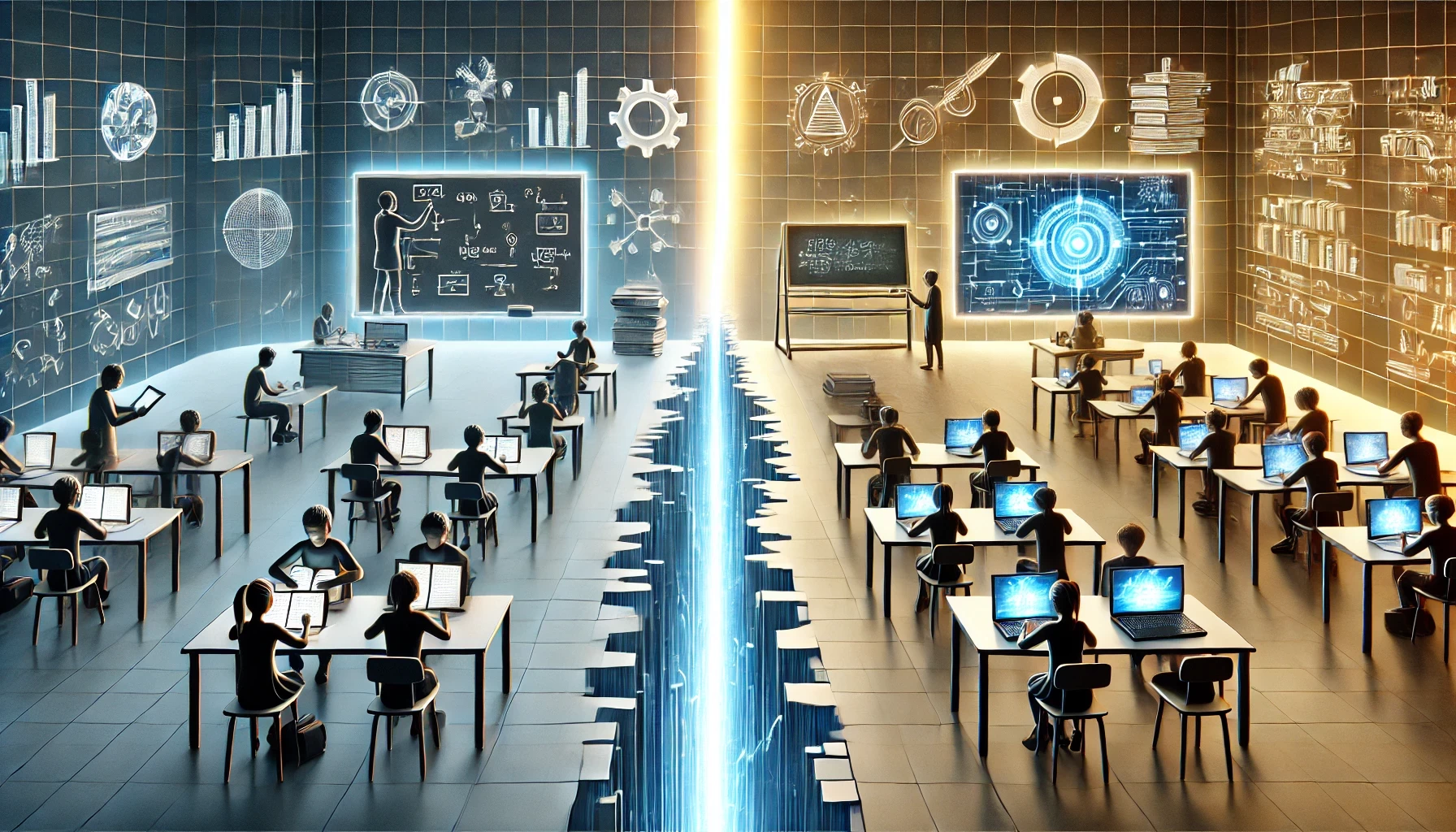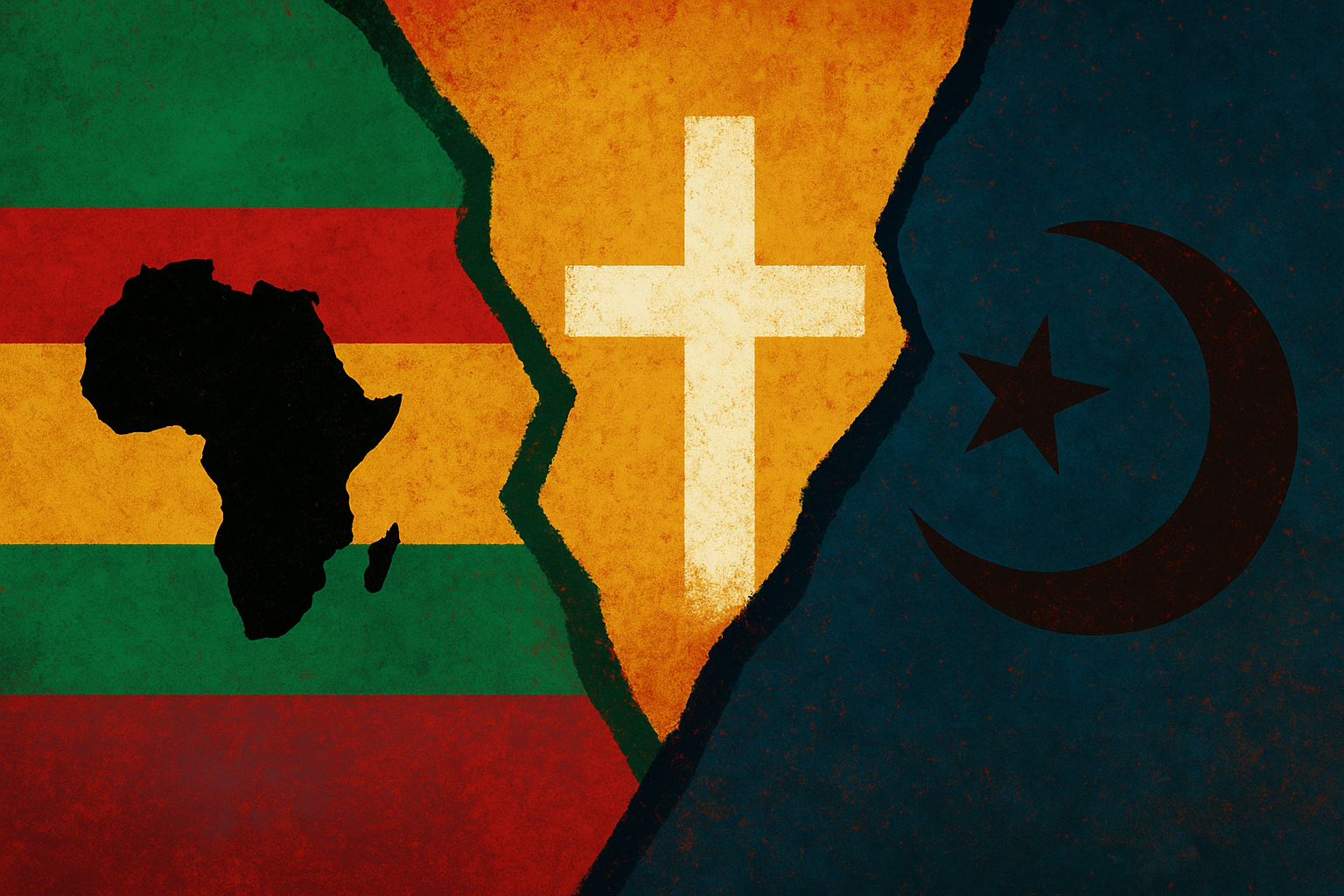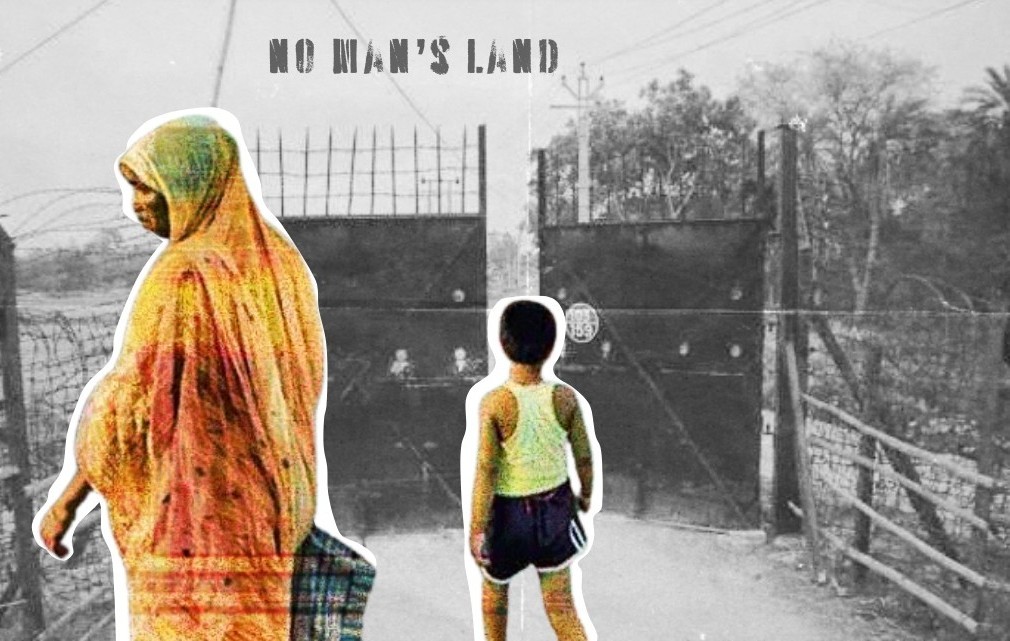
How Do We Address the Digital Divide in Education?
As digitalization and digital transformation continue to reshape our daily lives, the role of information and communication technology (ICT) tools is growing rapidly. However, we cannot say that access to these tools is equally distributed across societies. Technologies such as artificial intelligence (AI), the Internet of Things (IoT), blockchain, cloud storage, and 5G networks have enabled people to perform multiple tasks digitally. Yet, access to ICT remains unequal, which echoes the mistaken belief from the early 2000s that the Internet would soon be universally accessible. The OECD's description of digital transformation as a "double-edged sword" in its report on digital transformation published in 2021 is not a simple metaphor. On a global scale, the impact of digitalization is becoming increasingly evident as digital transformation accelerates. However, it's also clear that the inequalities stemming from the digital divide are widening during this process.
This inequality is defined by the concept of digital divide in the literature. The digital divide, which can be defined as the unequal distribution of access to information and communication technologies (ICT) and users' skills related to these technologies across countries and social hierarchies, generally consists of three levels. The first level digital divide focuses on the inequality of ownership and access to ICTs; the second level digital divide focuses on the inequalities caused by having or not having the usage skills of ICTs; and the third level digital divide focuses on the inequality of creating income or benefits by using ICTs. Although there is a tendency in the literature to accept that the first-level digital divide has largely disappeared globally, 2.9 billion people living in developing countries still have limited access to and use of the Internet (OECD, 2021, p. 25). For instance, in Indonesia, the country with the largest Muslim population in the world, half of the adult population still does not have internet access despite rapid progress in internet connectivity over the past decade (World Bank, 2021, p. 2). In Africa, it is estimated that fiber optic networks may never reach around 30% of the isolated rural population. Even worse, 600 million people in Sub-Saharan Africa still do not have access to electricity, and this is not expected to change by 2030 (OECD, 2021, p. 31). Therefore, these data show that the first-level digital divide has not yet been resolved. According to Van Deursen and Van Dijk (2019, p. 355), who are prominent figures in this field, the first-level digital divide is still important because, in addition to the problem of internet access, there are still problems in ownership and access to equipment such as computers, smartphones, tablets, etc., printers, software, and hard drives. Moreover, it should not be overlooked that ownership and access issues related to such tools, commonly observed in certain regions globally—particularly in Africa—can also be observed locally in specific areas.
The second-level digital divide focuses on inequalities in possessing the skills to use information and communication technologies (ICT). Proficiency in these skills is crucial and is becoming increasingly significant in societies. Because digital transformation has not only heightened the necessity of using ICT tools in existing jobs but also made their use indispensable in potential new roles that may emerge. On the other hand, this shift could reduce unskilled employment due to the automation of certain tasks that can now be performed without human intervention. However, the OECD's 2019 report on digital transformation highlights that, in recent years, new job opportunities have emerged, particularly in sectors requiring high levels of digital engagement. As the report emphasizes, the individuals who will be employed in these sectors are those with advanced skills in utilizing ICT tools (2019, p. 88).
On the other hand, the third-level digital divide differs from the first and second levels, focusing on inequalities among individuals with full access to technological tools and usage skills. This type of inequality highlights the disparities where users with adequate access and skills still fail to achieve the same income or benefits (Van Deursen & Helsper, 2015, p. 32). While the third-level digital divide is particularly relevant in developed countries, as previously emphasized, the first and second levels remain critical challenges for much of the world.
Digital Inequality and Education
It is important to emphasize that the digital divide contributes significantly to inequalities in education, profoundly impacting young people. The first and second levels of the digital divide—inequalities in access to and ownership of ICT tools and the ability to use them—pose serious challenges for both the education and future prospects of youth. In Türkiye, for instance, unresolved issues surrounding access and ownership have also hindered young people's ability to develop digital skills. A study on this topic focused on students attending public and private universities in Türkiye (Demir, Olgun & Özsöz, 2023), examining the effects of the first-level digital divide. In this context, access to ICT tools was analyzed in terms of fixed internet connections and computer ownership. The findings revealed that ownership and access to ICT tools are linked not only to individuals' income levels but also to their place of residence. However, the impact of residence is not regional; rather, it follows a pattern where access and ownership decrease as one moves from urban centers to rural areas, which highlights the importance of addressing inequalities in ICT ownership and access.
The experience of switching to distance education, especially during the pandemic period, has clearly demonstrated the importance of ownership and access to ICT tools.
Household size and the number of school-age family members became particularly significant factors. As the number of students studying from home increased, so did the demand for access to and use of ICT tools. Therefore, the fact that schools had to step aside, so to speak, as a physical institution during the pandemic period has created a more unequal situation for such large and low-income families.
This inequality undoubtedly hinders the acquisition of usage skills. The skills for using ICT tools, especially among university students, tend to remain within the department they are studying. Students often acquire only the level of ICT skills they deem necessary. Of course, it will be easier to overcome this problem in the future with the widespread use of digital skills courses such as robotic coding starting from primary education. However, the first step to overcome this problem is to completely eliminate ownership and access to ICT tools. This problem is also mentioned in the Twelfth Development Plan of Türkiye (2023, p. 154). The Plan outlines several policies and measures related to education, including the following: 'Correct use of technology in education will be ensured, technological literacy will be increased and inequalities arising from technology use will be reduced."
In conclusion, we can see that the primary condition for eliminating inequalities arising from the digital divide is the elimination of inequalities in education. Removing these inequalities will also facilitate acquiring digital skills, as individuals' interest in developing such skills will increase when ownership and access are no longer obstacles. Considering the importance of acquiring digital skills in the cultural and social capital of individuals today, it is obvious that the effect of these improvements in education will have positive social reflections.
References
Demir, I., Olgun C.K., & Ozsoz, C. (2023). Confronting the first-level digital divide in the digital age: a comparison between public and private university students in Turkey. Journal of Economy Culture and Society, 67, pp. 135-153. https://doi.org/10.26650/JECS2022-1213957
OECD. (2019). Going digital: shaping policies, improving lives. OECD Publishing: Paris. https://doi.org/10.1787/9789264312012-en
OECD. (2021). Development co-operation report 2021: shaping a just digital transformation. OECD Publishing: Paris, https://doi.org/10.1787/ce08832f-en
Presidency of the Republic of Türkiye. (2023). Twelfth Development Plan (2024-2028). Retrieved from https://www.sbb.gov.tr/wp-content/uploads/2024/06/Twelfth-Development-Plan_2024-2028.pdf
van Deursen, A., & Van Dijk J. (2019). The first-level digital divide shifts from inequalities in physical access to inequalities in material access. New Media & Society, 21(2), 354–375. https://doi.org/10.1177/1461444818797082
van Deursen, A., & Helsper, E. J. (2015). The third-level digital divide: who benefits most from being online? In Communication and Information Technologies Annual (Studies in Media and Communications, Vol. 10), Emerald Group Publishing Limited: Leeds. pp. 29-52. https://doi.org/10.1108/S2050-206020150000010002
World Bank. (2021). Beyond unicorns: harnessing digital technologies for inclusion in Indonesia. https://openknowledge.worldbank.org/bitstream/handle/10986/36018/162061.pdf?sequence=5&isAllowed=y
Cem Koray Olgun
In 2004, he completed his undergraduate education at Selçuk University, Department of Sociology. He completed his master's degree at Hacettepe University Institute of Social Sciences, Department of Sociology in 2009. After continuing his education at...
 Cem Koray Olgun
Cem Koray Olgun








